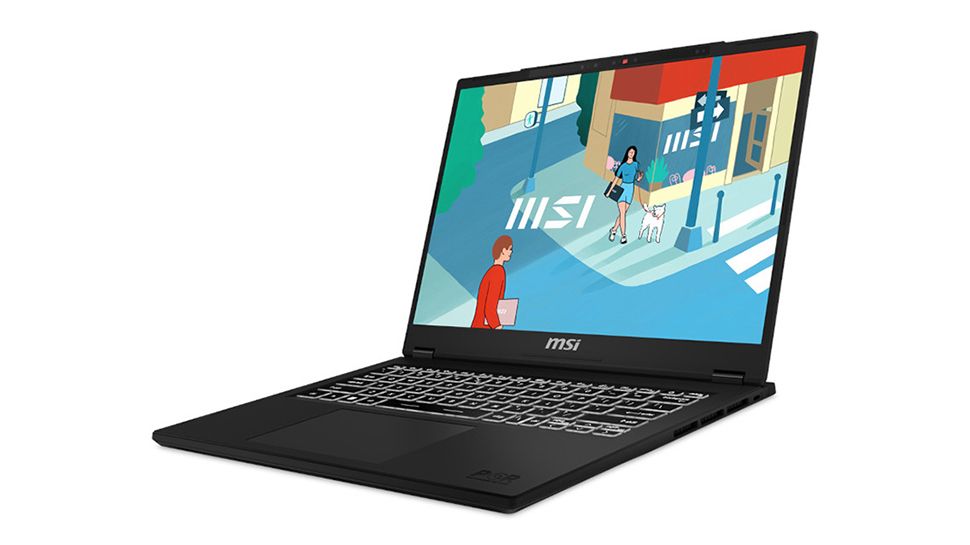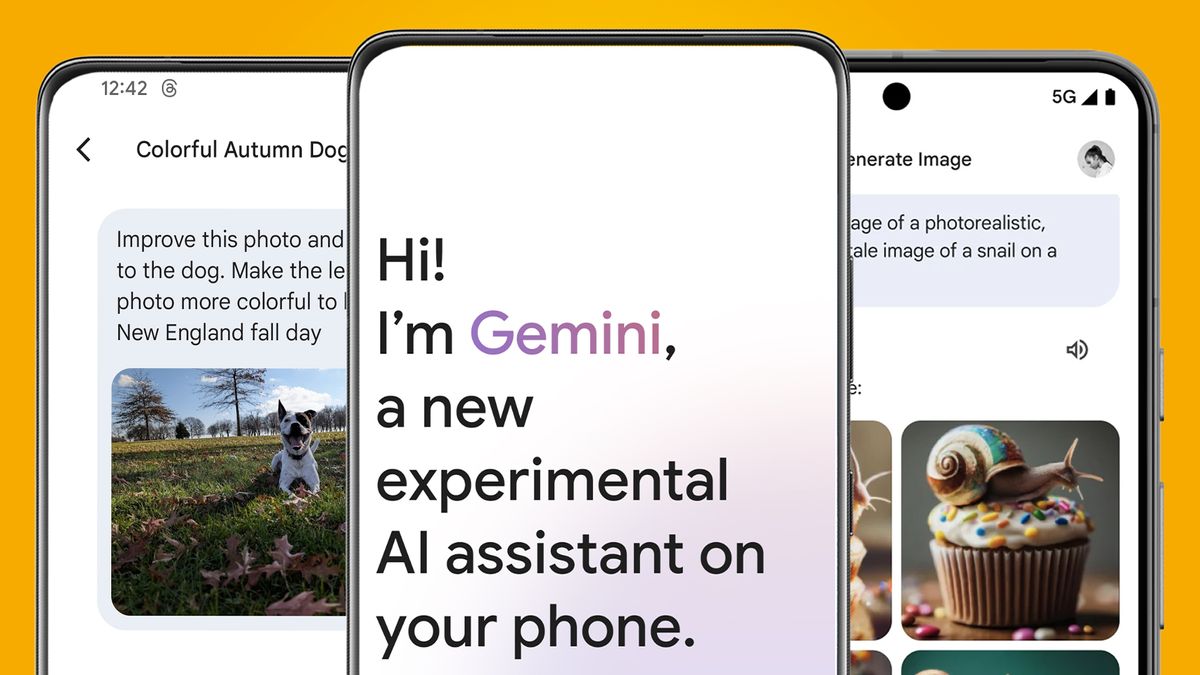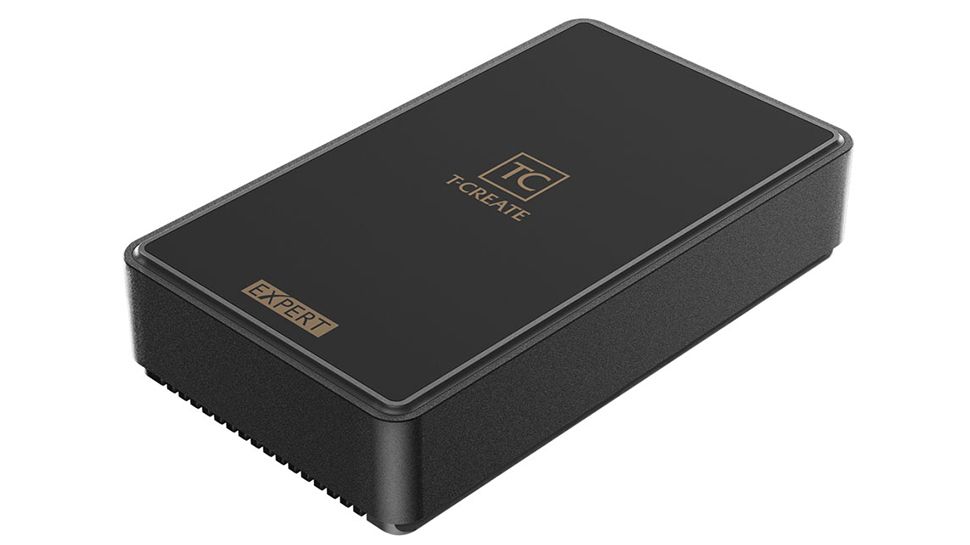The Hubble Space Telescope, known for capturing stunning images of the cosmos while advancing the field of astronomy, is in danger.
Private companies launch thousands of satellites that bombard the telescope with photobombs — creating long bright streaks and light curves that are impossible to remove. And the problem keeps getting worse.
A learn, published Thursday in the journal Nature Astronomy, shows an increase in the percentage of Hubble-recorded images being corrupted by passing satellites. And the dates only go as far as 2021. Thousands more satellites have since been launched by SpaceX and other companies, and many more are expected to be launched in the coming years, impacting the Hubble and potentially other telescopes in space .
“We will live with this problem. And astronomy will be affected,” said Jonathan McDowell, an astronomer at the Harvard-Smithsonian Center for Astrophysics who was not involved in the study. “There will be science that cannot be done. There will be science that is much more expensive. There will be things we miss.”
The The legacy of the Hubble Space Telescope cannot be overstated. For example, thanks to the observatory, we now know that the universe is 13.8 billion years old, that most galaxies contain a supermassive black hole at their center, and that stars are formed by violent processes. Hubble’s images – including the beautiful clouds of gas and dust in the “pillars of creation‘ and the view of nearly 10,000 galaxies in the ‘Hubble ultra low field“ – never fail to inspire.
But the number of satellites in orbit has increased significantly since Hubble was launched in 1990, and now it stares out at the cosmos through a field of satellites.
In May 2019, SpaceX launched its first series of Starlink satellites designed to broadcast internet signals around the world. Soon after, a outcry emerged among astronomers who feared that Starlink’s streaks would jeopardize a series of campaigns to observe the universe from telescopes on Earth.
In response, Elon Musk, founder and CEO of SpaceX, said, recommended that astronomers circumvent the problem by launching telescopes into orbit.
View into space with the Hubble telescope
Since its launch in 1990, the Hubble Space Telescope has captured stunning images of the cosmos while advancing the field of astronomy.
But Hubble, which lives in low Earth orbit about 335 miles above the Earth’s surface, is actually less than 10 miles below most Starlink satellites. That means the observatory and other orbiting space telescopes are still subject to interference from satellite constellations. “Not only do you need to get your telescopes into space, you need to put them above all other traffic,” said Dr. McDowell.
“I think we’re going to be forced to do that in the coming decades,” he said. But that’s not possible for current low-Earth orbiting telescopes or spacecraft that governments are building and launching in the years to come.
To quantify the effect of satellite constellations on Hubble, Sandor Kruk, an astronomer at the Max Planck Institute for Extraterrestrial Physics in Germany, and his colleagues analyzed an archive of images taken from 2002 to 2021.
They had help from hundreds of citizen scientists, who trawled through images to flag those with clear satellite stripes. This data set was then used as a training set for a machine learning algorithm that analyzed more than 100,000 individual Hubble photos. Their results show that the chance of seeing a satellite in a Hubble image from 2009 to 2020 is just 3.7 percent. But the chance of seeing one in 2021 is 5.9 percent – an increase they say matches Starlink. At the time of analysis, 1,562 Starlink satellites were in orbit. Another company, OneWeb, had lofted 320 satellites.
Mark McCaughrean, an astronomer at the European Space Agency and co-author of the new study, is confident in their analysis but notes it’s a minor issue for now. Typically, Hubble takes multiple images that are stacked on top of each other – a technique that erases all satellites.
And NASA agrees. “While such analyzes may show a gradual increase in detected satellite tracks over time, most of these streaks are easily removed using standard data reduction techniques, and the majority of affected images are still usable,” a spokeswoman said in reference to the latest Study. “Satellite streaks do not currently pose a significant threat to Hubble’s scientific efficiency and data analysis.”
This threat is greater when the Hubble is surveying a large area of the sky. Then it might just take a picture or two before redirecting its camera. If a satellite bombards one of these images with a photobomb, the image may have to be thrown away.
In addition, the satellites could pose a serious threat to a telescope that has not yet launched. Later this year, China plans to send Xuntian, also known as the Chinese Survey Space Telescope, into low-Earth orbit. Xuntian will have a larger field of view than Hubble, making it much more difficult for satellites to slip by undetected.
“It’s going to be very badly affected by these satellites from the start,” said Dr. McDowell.
And Xuntian can’t just launch into higher orbit. China’s plan calls for the telescope to share an orbit with the Tiangong space station so astronauts can refurbish it if needed.
A spokesman for SpaceX declined to comment on the new study, but cited the company’s previous efforts to mitigate Starlink’s impact. The company has tried various methods to dim its satellites, including a mirror film designed to direct light away from the ground. But Meg Schwamb, a planetary scientist at Queen’s University Belfast who was not involved in the study, worries that the light will instead be directed upward, potentially making things worse for space-based telescopes.
There are just too many unknowns right now, including the ultimate number of satellites.
SpaceX hopes to eventually expand the size of its fleet to 42,000 Starlink satellites. Many other companies are also in the market: Amazon, the British satellite provider OneWeb, a Chinese company called Galaxy Space and even governments. A combined 431,713 satellites should be on the market in the coming years.
“Right now it’s a bit of a feeding frenzy,” said Dr. McCaughrean.
This estimate is based on filings with the US Federal Communications Commission and the International Telecommunication Union. But even if just 100,000 satellites were launched, that would increase the number of satellites in orbit by a factor of 10 since the new study was conducted – meaning about 50 percent of Hubble images would detect a satellite. And if every other image had a satellite streak, researchers worry about how much actionable science might be gleaned.
“When will Hubble stop being useful?” asked Dr. McCaughrean. “It may be another 10 or 20 years, but it’s not inconceivable that there’s a point where you’re like, ‘Let’s not bother anymore.'”





